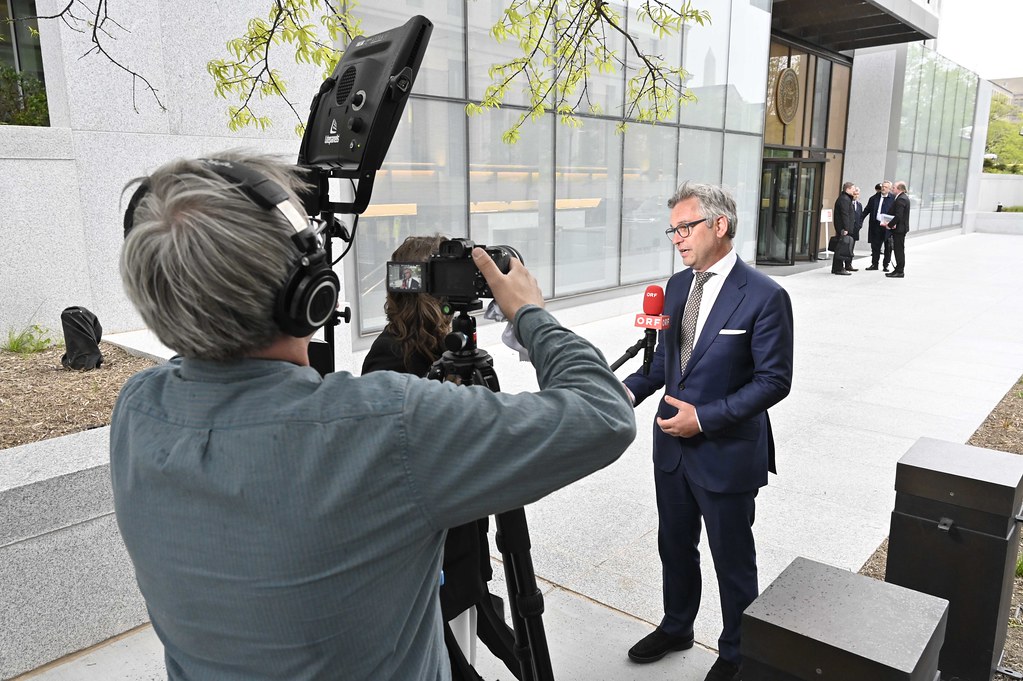Sponsored Content
Beginning for Electricity Price Brake in Austria
Without further application, the electricity price brake comes into effect for every household with an existing electricity contract. The electricity cost brake is intended to counteract the current price increases for electricity. This will be visible on the electricity bill. According to the government, households can save an average of 500 euros per year.
 Together with the energy industry, the aim is to cushion electricity costs directly "where they become a burden for customers, namely on the electricity bill," said Finance Minister Magnus Brunner. / Picture: © BMF/Harry Connolly
Together with the energy industry, the aim is to cushion electricity costs directly "where they become a burden for customers, namely on the electricity bill," said Finance Minister Magnus Brunner. / Picture: © BMF/Harry Connolly
As Vindobona.org reported in September the Austrian government set its sights on an electricity price brake. "No one in Austria should not be able to afford their basic electricity needs," Chancellor Karl Nehammer said after the Council of Ministers meeting at the…
or Log In
Fast News Search





